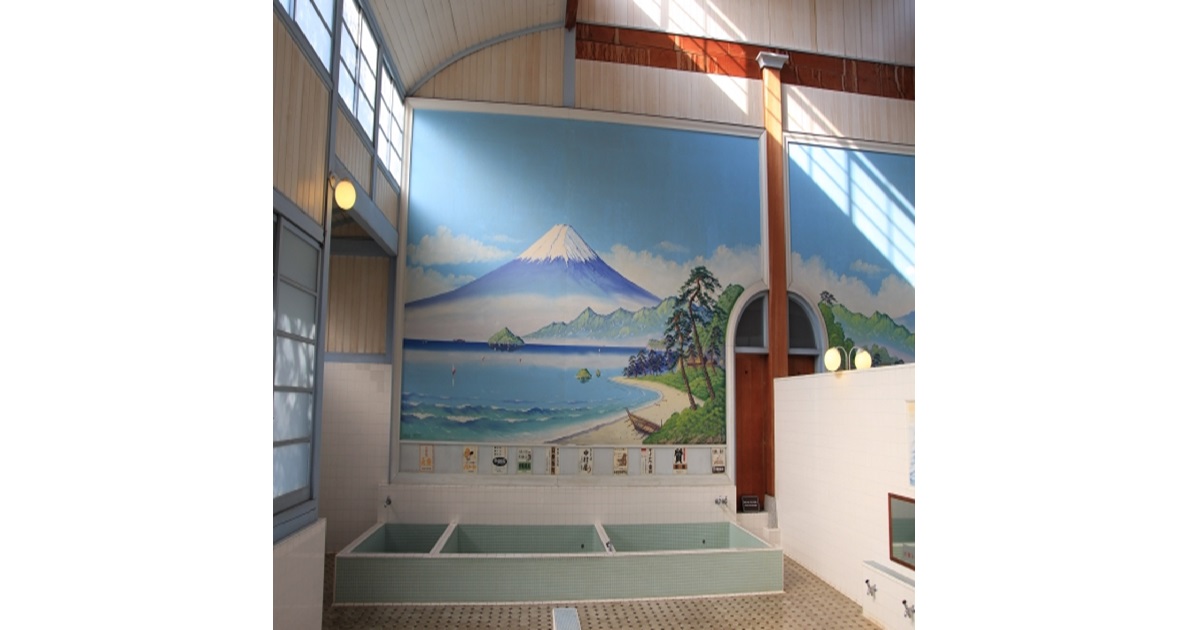“So, let me get this straight,” my friend from Canada said, his eyes wide with a mix of horror and fascination.
“You want me to get completely naked, in front of a bunch of old men, and wash myself on a tiny plastic stool?”
“Yes,” I replied, trying to suppress a grin.
“And then I get into a giant tub of scalding hot water with them?”
“Now you’re getting it.”
This was my attempt to introduce a foreigner to one of my favorite parts of Japanese daily life: the sento, or public bath.
And his reaction reminded me that for many visitors, the sento is the final frontier of cultural immersion.
It’s intimidating, confusing, and requires you to be… well, naked.
But I promise you, once you understand the “why,” you’ll see it’s one of the most authentic and wonderful experiences Japan has to offer.
Stripping Down the Culture: More Than Just a Public Bath
The Social Hub Where a Neighborhood Bares Its Soul (and Body)
The first thing to understand is that a sento is not just a place for people who don’t have a bath at home (though that’s how they started).
A sento is a neighborhood’s living room.
It’s a place where the barriers of age, profession, and social status are literally stripped away.
In the steam of the bathhouse, the company CEO and the local construction worker are just two naked guys, complaining about the weather or celebrating a local baseball team’s victory.
We call this “hadaka no tsukiai,” which translates to “naked communion” or “naked friendship.”
It’s the idea that without the armor of our clothes and job titles, we can connect on a more honest, human level.
It’s a deeply communal experience that is hard to find anywhere else in our otherwise reserved society.
The Unspoken Rules for a Stress-Free Soak
Okay, so you’re ready to take the plunge.
The rules are actually very simple and mostly based on common sense and hygiene.
First, just like at home, you wash your body thoroughly in the shower area before you even think about touching the bathtub water.
This is the most important rule.
Second, the small towel you are given is for modesty while walking around and for washing.
Do not let this towel enter the bathtub water.
Most people place it on their head or on the side of the tub.
And third, the dreaded tattoo question.
Historically, tattoos are associated with the yakuza (Japanese mafia), so many traditional onsen (hot springs) and some older sento still ban them.
However, neighborhood sento are often much more relaxed.
My honest advice: if you have a small tattoo, no one will likely care.
If you are heavily tattooed, it’s best to check the rules beforehand or look for a tattoo-friendly bath.
Finding Your Perfect Soak
While the local sento is a cultural experience, Japan is also famous for its onsen—hot springs with natural, mineral-rich water, often located in beautiful resort towns.
These are less about the neighborhood and more about a luxurious, relaxing escape.
Many onsen resorts offer incredible experiences, from outdoor baths with mountain views to entire spa complexes.
If you want to experience the peak of Japanese bathing culture, booking an onsen day trip is an unforgettable experience.
It’s the perfect way to wash away the stresses of travel and connect with Japan’s natural beauty.
In the end, my Canadian friend loved the sento.
He said that after the initial shock, there was something incredibly freeing about it.
It was a moment of connection, not just with the hot water, but with the simple, everyday life of a Tokyo neighborhood.
And that, I believe, is an experience worth getting naked for.
You Might Also Like
The rules of the public bath are a direct extension of the principles that govern the private Japanese bathroom.
To understand the foundation of this obsession with cleanliness, you need to explore the sanctuary of the home.
【Beyond High-Tech】A Deep Dive into Japan’s Sacred Bathroom Rule




